Beaver Wetlands
an 85-acre preserve in Gallia County
Project Cost: $332,884
Current balance yet to raise: $99,554
Stewardship Funds are critically needed
This is the Arc of Appalachia’s first preserve in Gallia County!!!
Beaver Wetlands sits in the low-relief valley drained by Dirtyface Creek, part of Simms Creek watershed. The low gradient of the landscape causes surface water to drain very slowly. As a result, each spring flooding occurs on both sides of the road dissecting Beaver Wetlands, creating saturated soils that support persistent wetland vegetation. Beaver populations are high in this corner of Gallia County, and beavers are frequently residents on the property.
Music to one’s ears. Approximately 13.3 acres of the property are a perennial wetlands, with buttonbush, swamp rose, black willow, cattails, sweet flag, and woolgrass. Each spring, the shallow, ephemeral waters are covered with masses of American toad eggs. In May, the trill of toads, the booming of bullfrogs, the banjo twangs of green frogs, and the calls of spring peepers are pleasantly deafening to the ears.
The project has been partially funded by a grant from Clean Ohio, which includes financial support for a small parking lot and loop trail. However, the Clean Ohio grant requires a 25% match which still needs to be raised, along with our perennial need for substantial stewardship funds. Because Gallia County is a new county in our Arc preserves, we have no stewardship hub for the area yet. We envision growing more preserves in the Lawrence, Gallia, and Jackson County region that could support both staff and equipment if funds are forthcoming. For more information, scroll below the photo gallery.
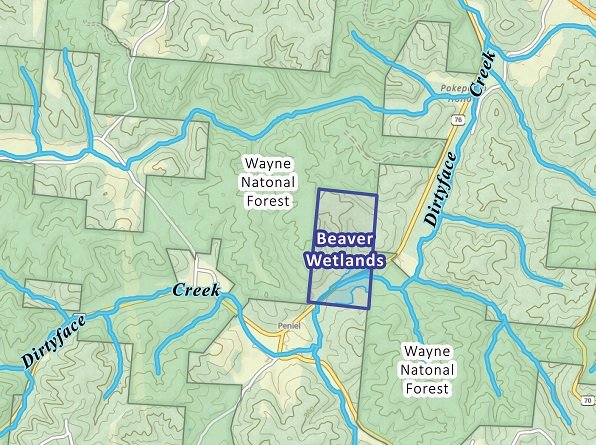

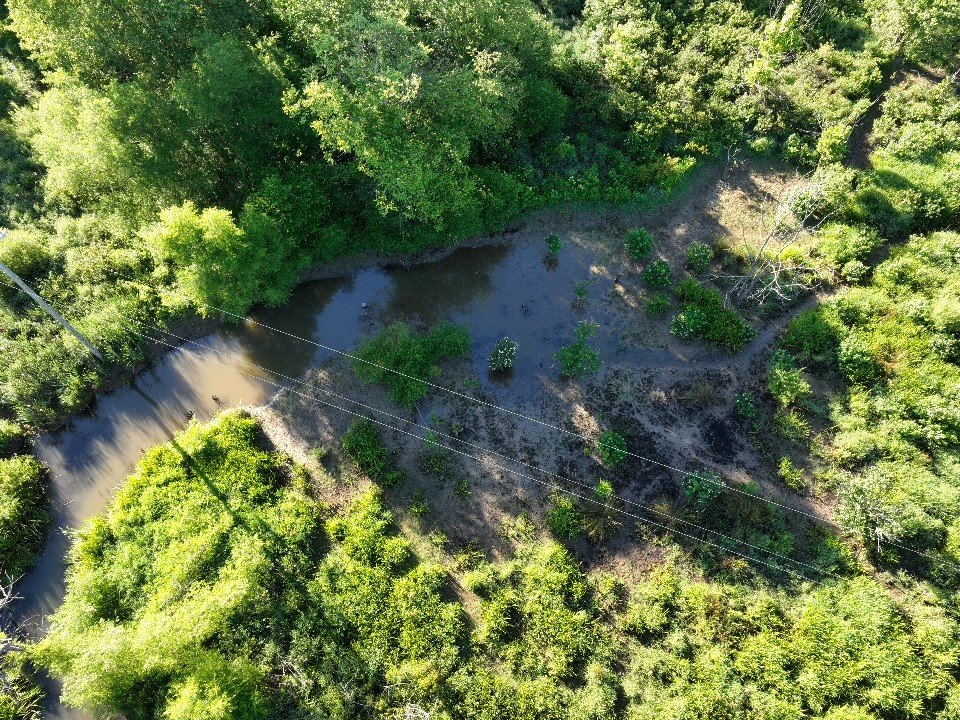


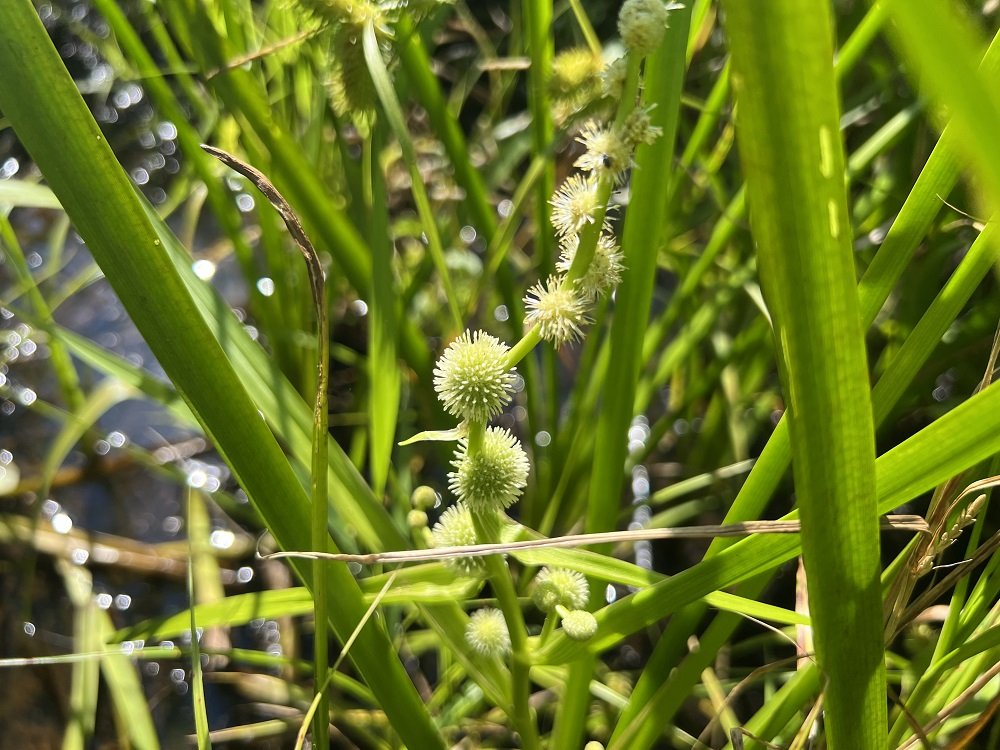
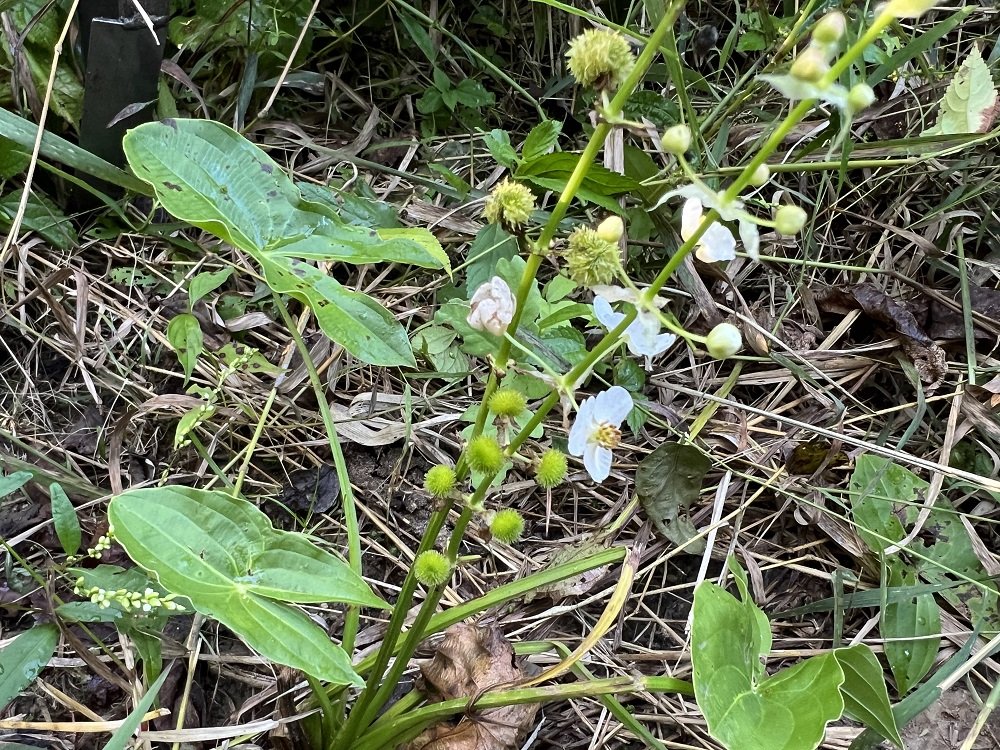
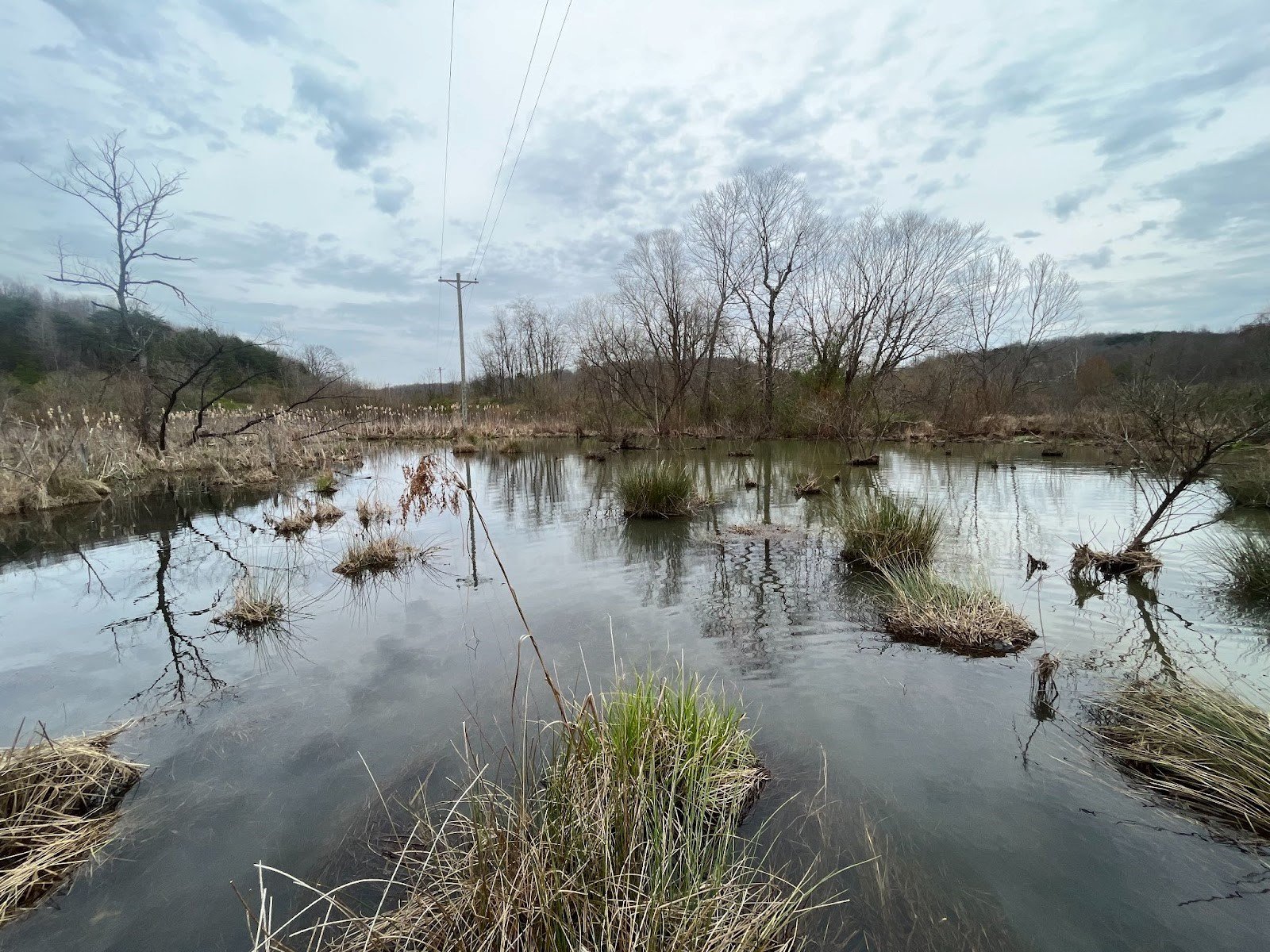

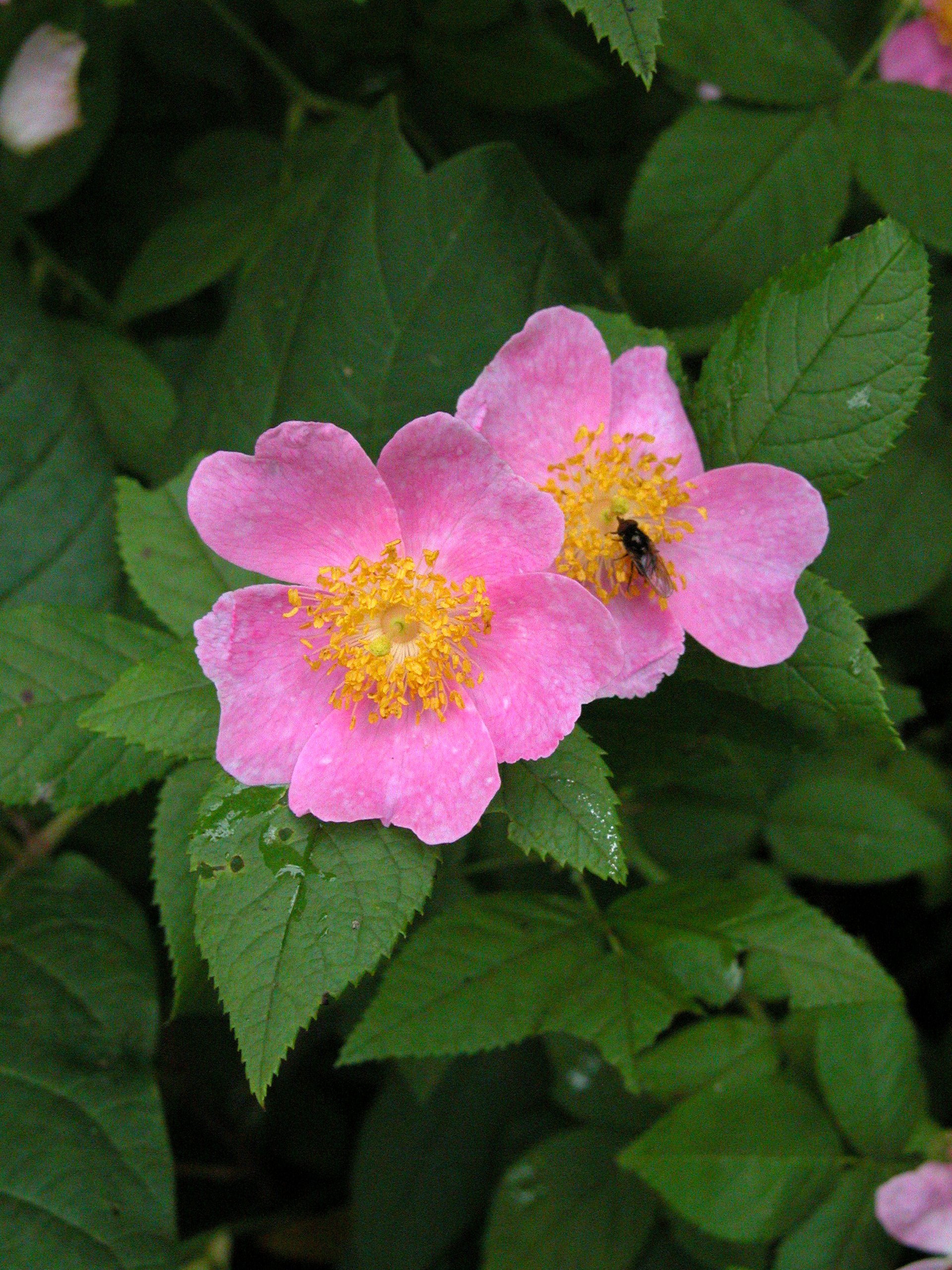


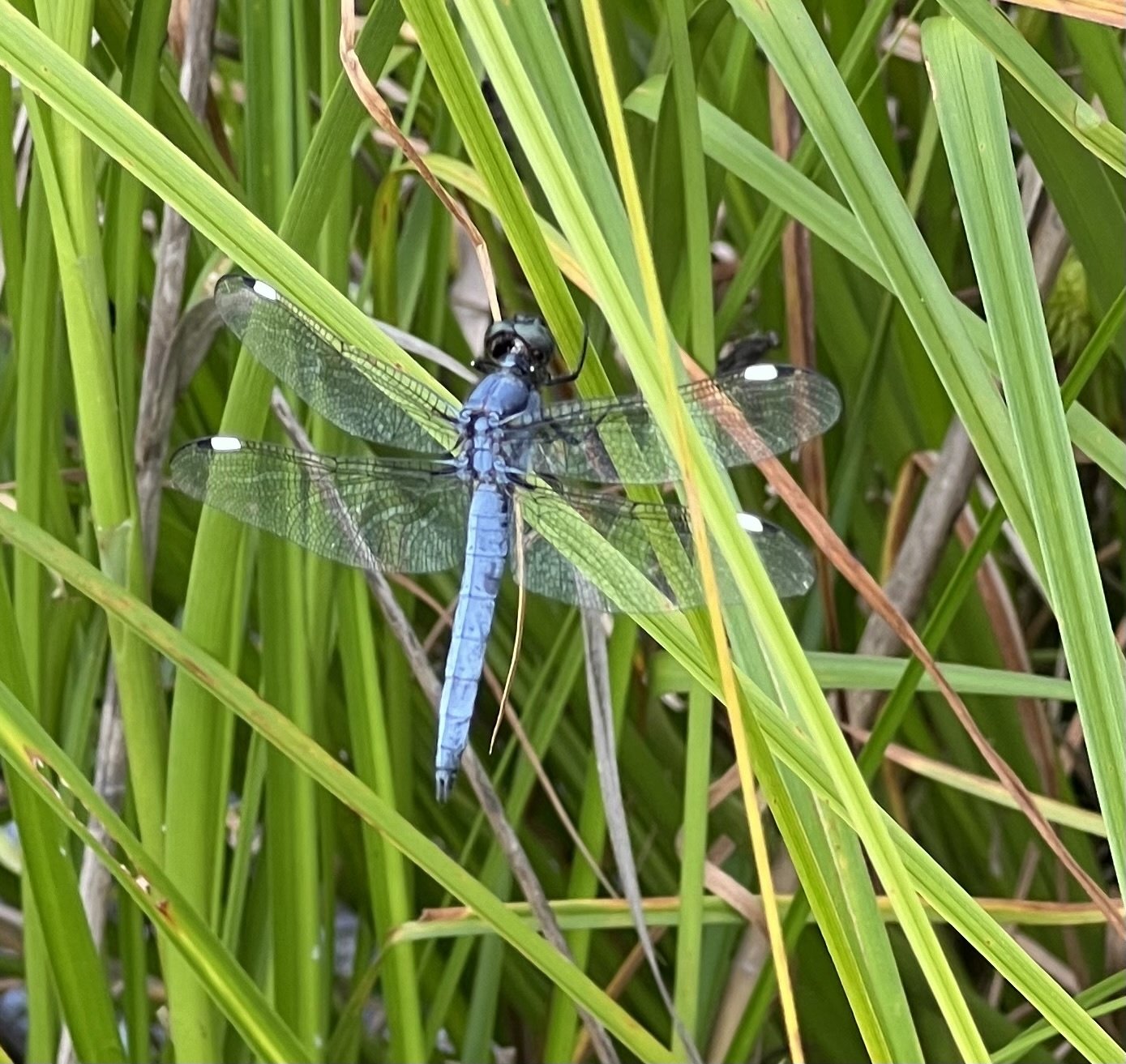
Beaver Wetlands is a refuge for wildlife, supported at times by shifting populations of beavers. All wetlands, including Beaver Wetlands, support extraordinary numbers of birds, reptiles, amphibians and mammals - making this habitat a primeval cornucopia of wildlife. In pre-European settlement, Ohio’s wetlands teemed with such an abundance of wildlife that indigenous cultures thrived in the region for well over 16,000 years. The wetland swamps and riparian corridors guaranteed their hunting success and provided a high-protein diet for Native American Indians. This wildlife was pivotal in supporting the 2,000-year-old Hopewell Culture in Ohio - a culture that is now famous worldwide for their masterful artistry in stone and shell, and their engineering skills which allowed them to build immense, geometric complex earthworks.
Beaver Wetlands is a National Audubon Society Important Bird Area, designated in part because of the high density of undrained wetlands in the region that support a diversity of bird life such as rails, ducks, kingfishers, herons, and egrets. Other species of animals abound as well, including otter, muskrat, mink, bobcat, and the endangered northern long-eared bat.
Twenty percent of Ohio’s primeval vegetation was found in high-quality wetlands. Today, Ohio’s wetlands have been so thoroughly drained, fragmented, and damaged that most people have no comprehension that they ever existed. Ohio ties as second in the nation for the highest percentage of cropland acres drained by underground tiles, the seven most highly drained states being Iowa (53%), Ohio (49%), Indiana (49%), Illinois (39%), Michigan (38%), Minnesota (37%), and New York (20%). See the map in gallery above for further illustration.
Beaver Wetlands also protects a healthy mixed hardwood/Virginia pine hillside forest. Bordering the Wayne National Forest-Ironton Unit on three sides, the national forest east of the property features beautiful mature oaks and hickories,.
Beaver Wetlands Cultural History. The southeastern third of the property is intersected by a public road, the C.H.&D. Road, named for the historic Cincinnati, Dayton, and Hamilton Railroad that, in the 1880s, transported iron from nearby Gallia Furnace to the Ohio River. Gallia Furnace was built in 1847 by John Campbell, an abolitionist who constructed many iron furnaces throughout the Hanging Rock region of Ohio. In 1880, Gallia Furnace supported a population of 136 people. Each furnace required 11,500 cords of wood per year, which meant an average of 200 to 600 nearby acres of timber were cut annually to keep the furnace fires burning. The woodlands at Beaver Wetlands were cut many times over to fuel this industry.
Visitor Services planned for Beaver Wetlands. The Arc plans to install a 1.3-mile-long hiking trail at Beaver Wetlands that will feature a boardwalk into the wetland for nature viewing, funded in part by Clean Ohio. The Arc also plans to install a trailhead parking lot and public hiking trail to permit public access to the site. An informational kiosk will be erected to interpret the site’s fascinating natural and cultural history.

